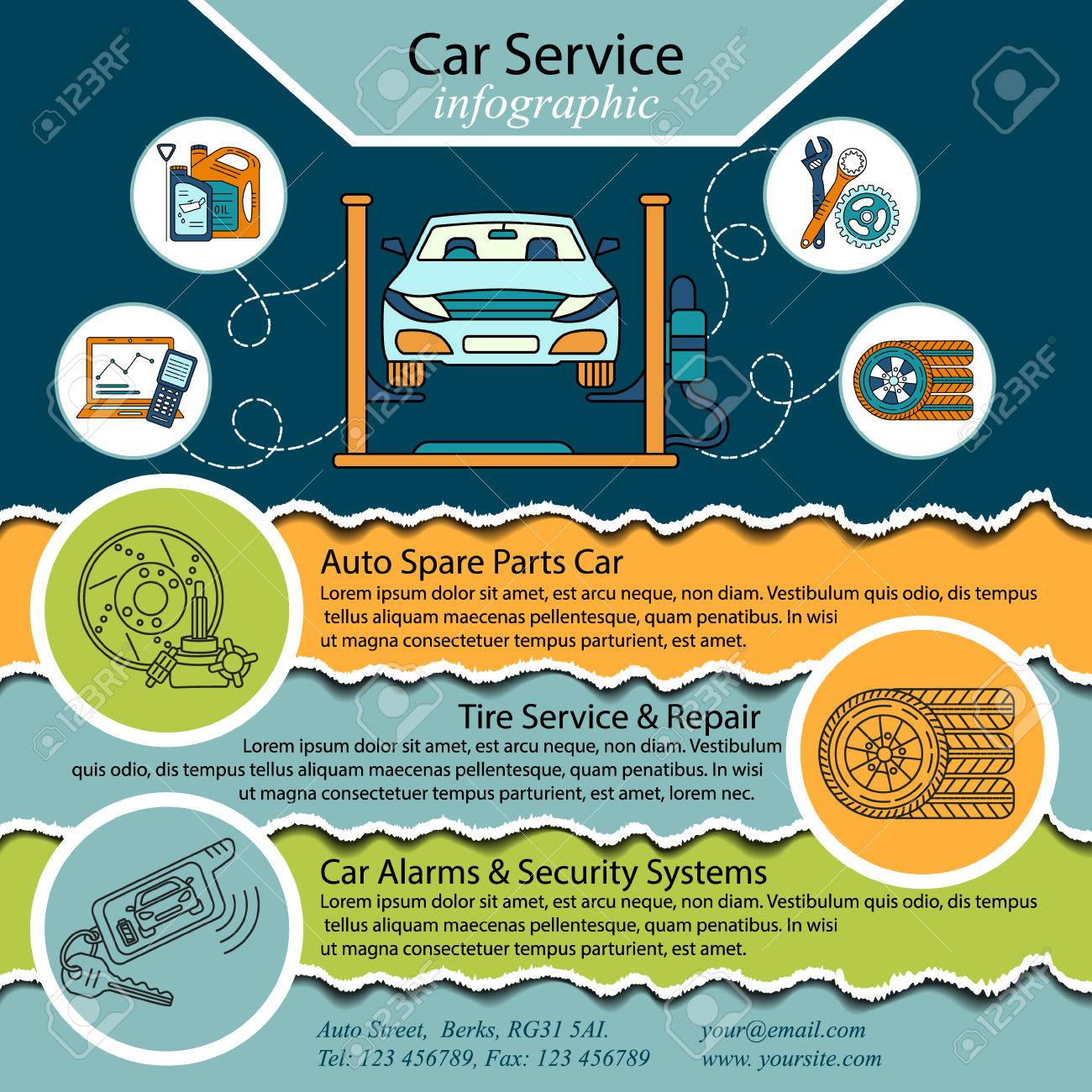Understanding The Actual Ramifications Of Warning Indicators In Your Vehicle
Understanding The Actual Ramifications Of Warning Indicators In Your Vehicle
Blog Article
Personnel Author-Johannsen Mendez
When you're behind the wheel, those beautiful warning lights on your control panel can be a little bit perplexing. Do you understand what they're trying to inform you concerning your cars and truck's wellness? Recognizing the value of these lights is essential for your security and the durability of your automobile. So, the following time among those lights pops up, would not you want to decipher its message precisely and take the necessary steps to address it?
Common Warning Lighting and Interpretations
Determine typical warning lights in your cars and truck and recognize their definitions to make sure secure driving.
https://garrettidzuo.creacionblog.com/30103270/finding-the-perfect-car-service-center-important-tips-for-evaluating-local-mechanics of the most typical caution lights include the check engine light, which signals concerns with the engine or discharges system. If this light comes on, it's vital to have your car examined immediately.
The oil pressure cautioning light shows reduced oil stress, calling for immediate attention to stop engine damages.
pro tec flashing battery light could suggest a defective charging system, possibly leaving you stranded otherwise addressed.
The tire pressure tracking system (TPMS) light informs you to reduced tire stress, influencing lorry stability and fuel effectiveness. Ignoring this might result in hazardous driving problems.
https://brake-fluid-price06173.thenerdsblog.com/35849593/beginning-your-puncture-substitute-process-by-collecting-the-crucial-devices-and-making-the-initial-essential-step-stay-with-us-for-guidance-on-coming-back-on-the-road-effortlessly suggests a trouble with the anti-lock stopping system, endangering your capability to stop rapidly in emergencies.
Last but not least, the coolant temperature warning light warns of engine overheating, which can lead to serious damages otherwise dealt with quickly.
Recognizing these typical warning lights will certainly assist you deal with issues without delay and keep secure driving problems.
Value of Prompt Focus
Understanding the common caution lights in your auto is only the initial step; the importance of without delay attending to these cautions can't be stressed enough to guarantee your safety when traveling.
When a caution light brightens on your control panel, it's your automobile's means of communicating a potential issue that needs attention. Neglecting these warnings can lead to more severe issues later on, endangering your safety and potentially costing you much more out of commission.
Trigger attention to warning lights can protect against malfunctions and crashes. For example, a blinking check engine light can indicate a misfire that, if left neglected, can cause damages to the catalytic converter. Resolving this promptly can conserve you from an expensive repair.
Likewise, a brake system advising light may signal low brake liquid or used brake pads, critical components for your security when driving.
Do It Yourself Troubleshooting Tips
If you notice a caution light on your control panel, there are a few DIY troubleshooting suggestions you can attempt prior to looking for specialist assistance.
The primary step is to consult your auto's guidebook to understand what the details warning light suggests. Occasionally the problem can be as straightforward as a loosened gas cap activating the check engine light. Tightening the gas cap may deal with the problem.
An additional usual issue is a reduced battery, which can trigger various alerting lights. Examining the battery links for rust and guaranteeing they're safe and secure might deal with the issue.
If a warning light lingers, you can try resetting it by detaching the car's battery for a few mins and afterwards reconnecting it. In addition, inspecting your automobile's fluid levels, such as oil, coolant, and brake liquid, can help repair cautioning lights connected to these systems.
Final thought
To conclude, recognizing your automobile's warning lights is important for maintaining your vehicle running efficiently and securely. By quickly addressing these alerts and knowing what they mean, you can stay clear of pricey repairs and potential failures.
Remember to consult your vehicle's handbook for certain information on each alerting light and take action accordingly to guarantee a trouble-free driving experience.
Keep informed, remain secure when traveling!
